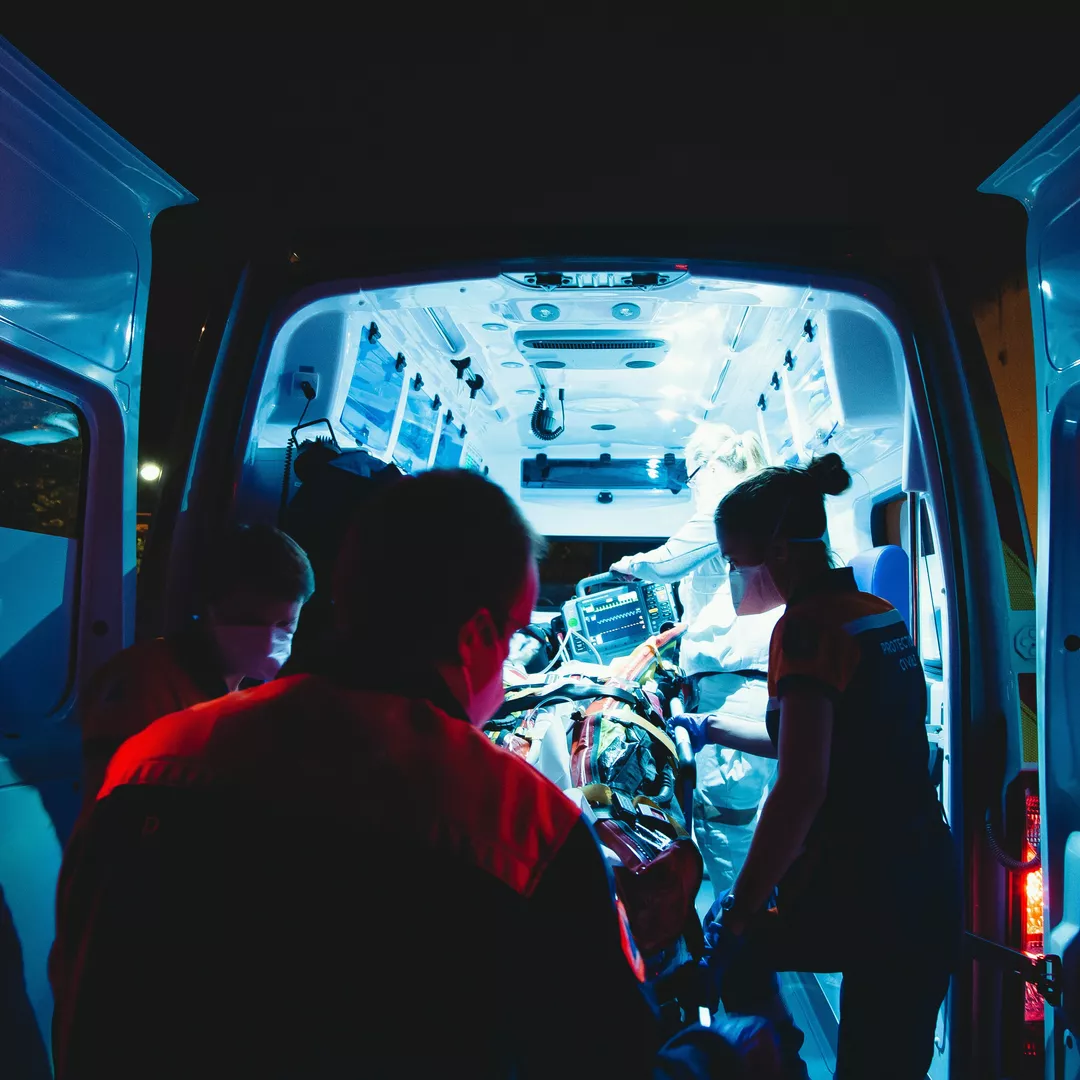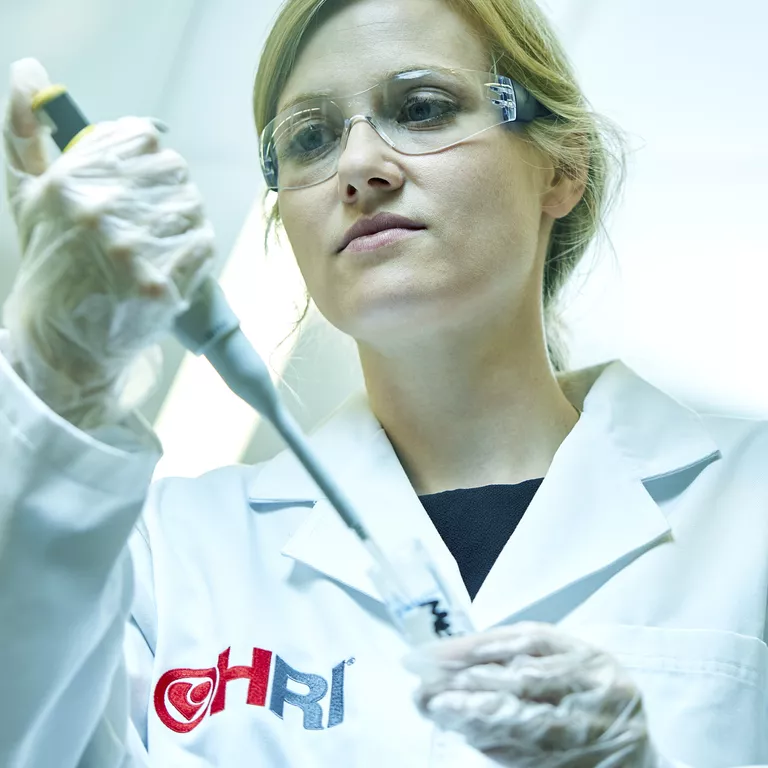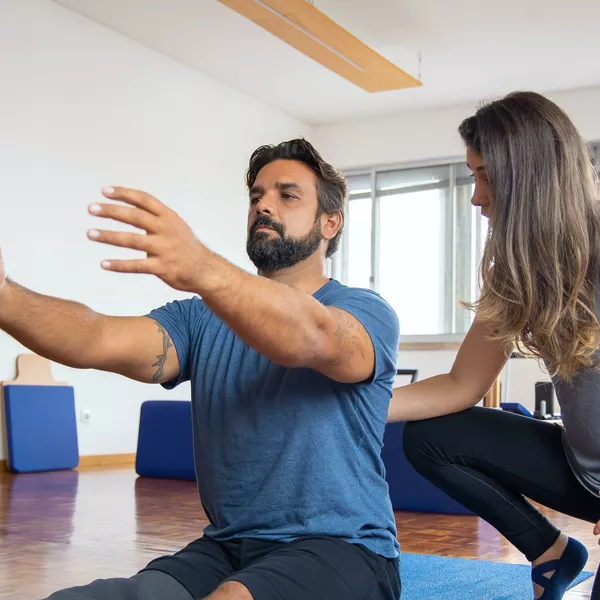
A stroke can happen at any time. Usually when you least expect it.
The person you're with looks at you funny or says you're not making sense, especially when you speak. You're slurring or drooling because one side of your face is drooping. You lose strength on one side of your body – it can feel heavy or numb, and you can't control your arm or leg on that side. You lose your balance. Your entire body might feel like it weighs a tonne. You might have a fall. You might vomit or have a headache. You might strike your head and cut yourself, so you now also have to deal with some bleeding.
These are just some of the main signs and symptoms of a stroke. If the symptoms are mild, you might be having a mini-stroke or transient ischaemic attack (TIA).
Either way, if you have any combination of these symptoms, you urgently need to call emergency services to get paramedics to assess you, or at least get to hospital as soon as possible. In general, most people don't hesitate to call when something like this happens because it's unusual. One minute, you could be fine, next minute, you speak nonsense or can't lift your hand.
In almost seven years as a paramedic, I have been called to numerous cases of stroke. Although it usually happens to those in the older age range, it can happen to anyone of any age. I've gone to patients who have suffered a stroke in their 30s or 40s. With our current diets and lifestyles, it is occurring in younger people.
Signs and symptoms of stroke

When doing the FAST stroke assessment, there are certain things paramedics will take note of.
- Face: Is it drooping or is there a one-sided smile? Does the tongue go off to one side when it's poking out?
- Arms: Can the patient hold their arms stretched out in front with their eyes closed for five seconds? Does one arm go off to the side?
- Speech: Are they slurring their words? Are they answering with nonsense answers? Can they speak?
- Time: Time is of the essence when treating stroke, and we need to ascertain the time the symptoms began.
What happens when you call emergency?
Similar to when you call for chest pain, if you tell the operator that someone is having a stroke or stroke-like symptoms, it will be taken quite seriously and they will send the nearest available ambulance to you under lights and sirens. Just like chest pain, it doesn't matter how old you are, your ethnicity, your socio-economic status or your location. We will try to get to you as soon as possible because time is brain. The longer you wait to get to hospital, the more the brain will be affected by the stroke. Strokes can also be life-threatening if left for too long.
If the stroke is caused by a blood clot, part of the brain isn't getting the necessary blood supply, causing the surrounding brain tissue to die. This can have long-lasting effects that can lead to a myriad of lifestyle changes and potentially disabilities that require intensive rehabilitation.
What can you do after calling an ambulance?
After you've called for an ambulance, just try to relax, and try to reassure the person you've called the ambulance for. The operator will advise you that they should not eat or drink anything.
If you can, get their things ready to go to hospital, such as house keys, purse/wallet, phone and charger, and any regular medications that they take. Also pack a change of clothes and toiletries. If there is someone else with you who is healthy and well enough, please get them to gather these things up and ask them to escort the paramedics to the patient once they arrive.
It is important that you stay with the person displaying stroke symptoms and make sure they are calm and not trying to get up or move around. Often, they can be quite scared, confused or unaware of their symptoms. If they've fallen and struck their head, it is important you keep them as still as possible and also put pressure on any wounds they may have sustained to stem any bleeding. This is especially important for those who are on blood thinners, as there may be quite a lot of blood.
When the paramedics arrive
Once the ambulance arrives, there are a few things going on in our minds as to what to expect, despite the operator sending to us as much information as possible via our mobile data terminals. Now, with COVID-19 a concern, we are required to don a special face mask and eyewear as a bare minimum, and in some cases, we may also don a disposable gown. It may be a bit confronting and frustrating for you, as it can take us several minutes to get to you safely.
While we are walking in, we also trying to work out the best way to leave the house or premises efficiently and with the least obstacles, especially if we have to carry the patient to the stretcher. We may also need to request extra paramedics to help us.
Once we get to the patient, we will treat any wounds as well as assess their vital signs, such as blood pressure, oxygen saturations, heart rate and blood sugar levels. Then we will conduct the FAST stroke assessment, shine a light into the eyes to check what their pupils are doing, and get them onto a chair, or our stretcher, as soon as possible.
We will also assess the patient using several of our assessment tools to determine the severity of the stroke, which will allow us to provide more information at hospital for our handover to the emergency department (ED) staff.
If the patient is medically stable and if the time frame is greater than 4.5 hours then, generally, it will not be an urgent transport. If, however, the time frame is less than 4.5 hours from the onset of symptoms and the patient is over 18 years of age, then it will be an urgent transport, under lights and sirens with notification to the hospital.
The reason for the 4.5-hour timeframe is that there is currently only one emergency drug treatment available for ischaemic stroke, called TPA, and this treatment must be administered within that timeframe to be effective. That’s why it’s so important to get help immediately if someone shows stroke symptoms.
Once at ED, the patient will be triaged and taken to have brain scans to see if there is a blood clot causing their stroke symptoms – this is known as an ischaemic stroke. If it is still within the 4.5-hour window, the patient may be taken to another hospital for a ‘clot retrieval’. Not all hospitals have the facility to do so. This clot retrieval is just like an angiogram for a clot in the heart. The clot is removed, and blood supply to the brain can be resumed.
This is because as well as needing to be administered within 4.5-hours of stroke onset, TPA can be used in only a small percentage of patients due to its severe side effects.
What can cause a stroke?
Stroke can also be caused by a bleed on the brain – this is known as a haemorrhagic stroke. In this type of stroke, a blood vessel or artery in the brain bursts, and there is a leakage of blood into the brain. In these cases, the pressure inside the head may get too high and the patient may need surgery to release the pressure.
Very rarely will people refuse to be transported to hospital. However, those who have a mini-stroke may regain their usual composure because their symptoms have self-resolved. In those cases, they may instead choose to stay home. This is not usually recommended, but if the person displays competency and capacity to make decisions regarding their disposition, paramedics cannot force them to go to hospital. If this is the case, the patient is required to sign a waiver to acknowledge that they accept the risks of staying at home.
The term “stroke” is shortened from term “the Stroke of God's Hand” from the days when we used to believe that diseases and ailments were the act of God. The medical term for a stroke is cerebrovascular attack .
Whether the stroke is caused by a clot or a bleed on the brain, this usually happens on one side. Different parts of the brain control different parts of our body and our bodily functions. In a stroke, paralysis often occurs in one side of the body because the opposite side of the brain is affected. However, sometimes the stroke can occur in a central region of the brain.
Not long ago, I was called to a woman in her 60s. She lived with her daughter in a top story apartment with no lift. Her daughter told us that she hadn't been feeling well all day and had vomited several times. My patient was lying on the lounge room floor, as she didn't have the strength to get to her bed. She said she felt unwell, had a headache and felt nauseous. At first, I thought she might have an infection. Her blood pressure was slightly high, but all other vital signs were within normal range.
When we attempted to get her off the floor and onto the couch, she was heavy in our arms, stating she just didn't have the strength in her legs. She did not have any underlying injury or condition to cause her to be so weak, so it was frustrating and confusing for us all at the same time. It also changed the way we were going to get her down the stairs and to the ambulance. She was stable enough to sit upright in a carry chair, so my partner and I carried her down the stairs with her daughter supporting her. Later, I found out that she had a stroke in one of the central areas of her brain, hence the unusual presentation of her symptoms. Since then, it has changed the course of my clinical decision-making with regard to stroke.
Other conditions that may have stroke-like symptoms
The brain is made up of many different parts, but around the brain are membranes, fluid and the skull. Different conditions can mimic stroke-like symptoms such as encephalitis, meningitis, severe concussion or some sort of trauma that damages the brain. These all, of course, need to be definitively diagnosed with brain scans or blood tests. Whatever it is, it is always recommended that you go to hospital for a full assessment as soon as possible.
The main takeaway I would urge for anyone who presents stroke-like symptoms or observes them in someone else is to call emergency services immediately. Remember, time is brain and getting help early is critical for a better health outcome.
Header image: Unsplash
About the author
Maggie Chung
Maggie has been a paramedic with NSW Ambulance since 2015, working mainly in the Western Sydney and Blue Mountains areas. She has degrees in Paramedic Practice and Science (Psychology). She is passionate about health education and training and also runs her own first aid training courses with a first aid course specially designed for parents and carers.
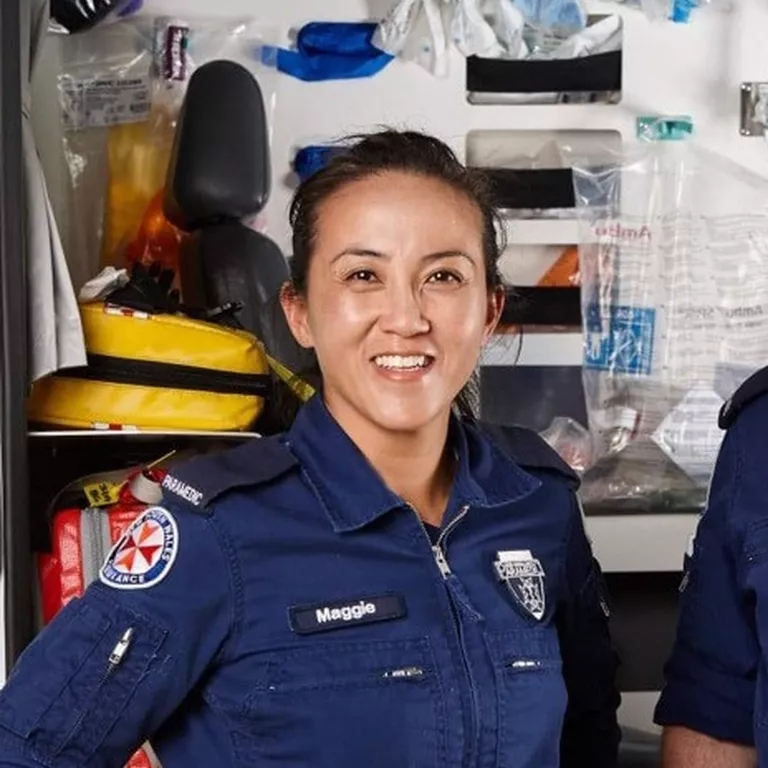
More articles by Maggie


Stress and the heart
Stress can affect the heart and your overall wellbeing. Here are some tips to better manage it.

The effects of long COVID on the heart
The impact of COVID long term is yet to be seen, and more data about “long COVID” needs to be gathered, but here’s what we know so far.

How to return to exercise after a cardiac event or diagnosis
Returning to exercise after a cardiac event or diagnosis? Here's your guide for getting back on track with cardiac rehabilitation exercises.
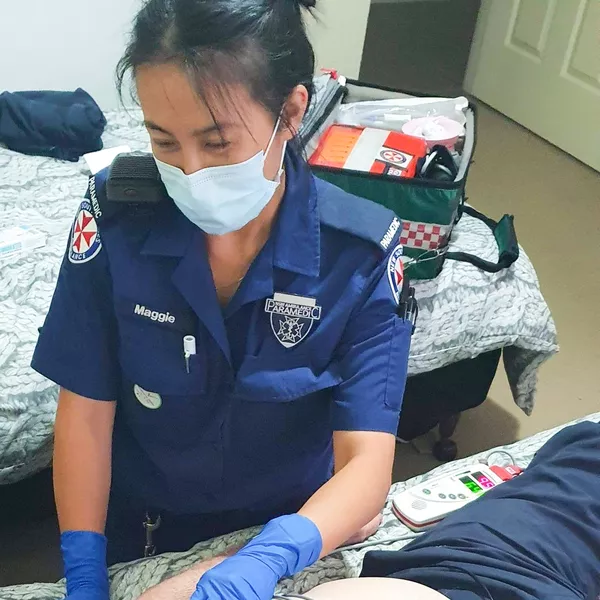
A paramedic’s perspective on heart attacks
What would you do if you had sudden onset chest pain? Would you wait, hoping it would go away, or would you call emergency services?
